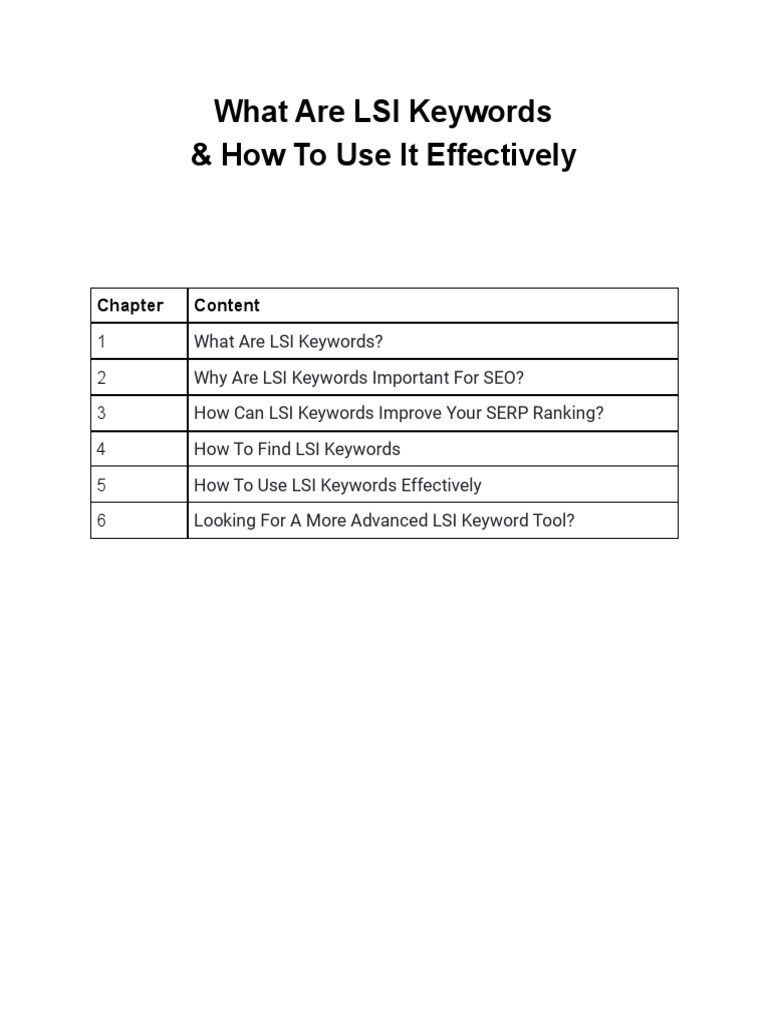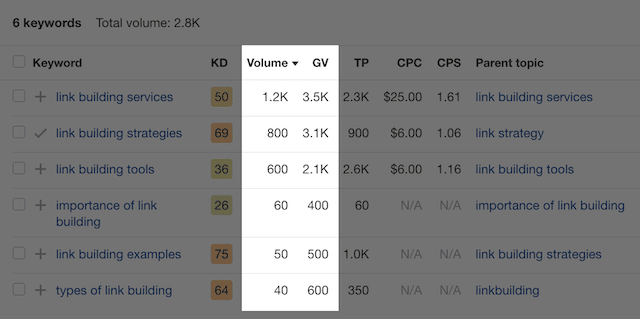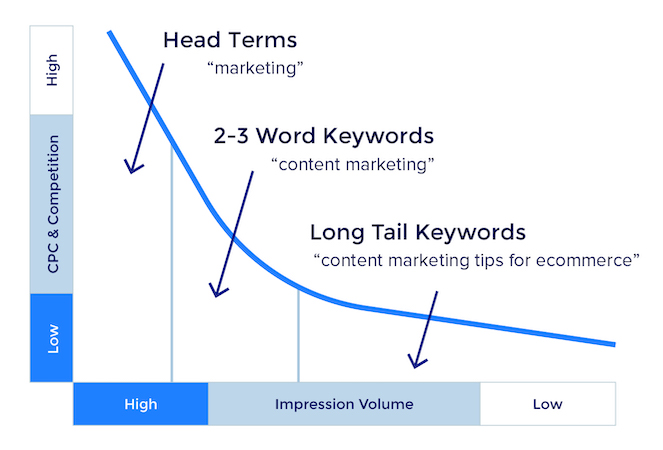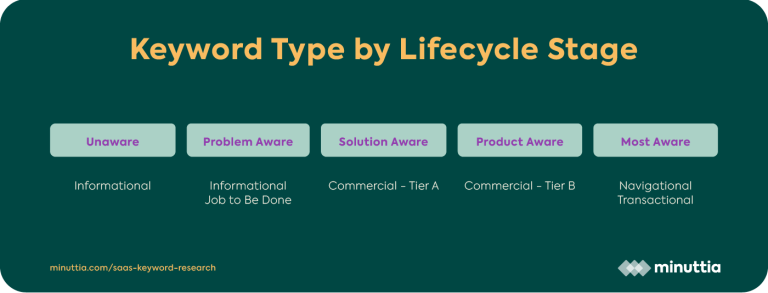
In the ever-evolving world of search engine optimization (SEO), staying ahead of the curve is essential. One of the most powerful tools in an SEO strategist’s arsenal is LSI keywords—a concept that has transformed how search engines understand and rank content. For website owners, content creators, and digital marketers, understanding what LSI keywords are and how to use them effectively can make a significant difference in search rankings, user engagement, and overall online visibility.
This article will explore the ins and outs of LSI keywords, their importance in modern SEO, and practical strategies for integrating them into your content. Whether you’re a seasoned SEO professional or just starting out, this guide will provide valuable insights and actionable steps to help you leverage LSI keywords for better search engine performance.
Understanding LSI Keywords: What They Are and Why They Matter
What Are LSI Keywords?
LSI stands for Latent Semantic Indexing, a technique used by search engines like Google to understand the context and meaning behind words on a webpage. LSI keywords are terms or phrases that are semantically related to a primary keyword but not necessarily synonyms. Instead, they are words that naturally appear in the same context as the main keyword, helping search engines grasp the overall topic of the content.
For example, if your primary keyword is “apple,” LSI keywords might include “orchard,” “iPhone,” “pie,” or “fruit.” These words don’t replace “apple” but add depth and context to the content, making it more relevant and comprehensive.
The Evolution of Search Engine Algorithms
Before the introduction of LSI, search engines relied heavily on exact keyword matches to determine the relevance of a webpage. This led to practices like keyword stuffing, where content was filled with repeated keywords to manipulate search rankings. However, as search algorithms became more advanced, particularly with updates like Google’s Brandy update in 2004, the focus shifted from exact keyword matching to semantic understanding.
Today, search engines prioritize content that provides value, answers user intent, and offers a natural reading experience. LSI keywords play a crucial role in this shift by allowing search engines to identify the broader context of a piece of content, even when the exact keyword isn’t used repeatedly.
Why LSI Keywords Matter for SEO
- Improves Content Relevance: By incorporating LSI keywords, your content becomes more aligned with the topics and themes that users are searching for, increasing its chances of being ranked higher.
- Reduces Keyword Stuffing: LSI keywords allow you to diversify your keyword usage, making your content more natural and less spammy.
- Enhances Topic Authority: Using a variety of LSI keywords demonstrates expertise on a subject, which helps build trust with both search engines and readers.
- Boosts Rankings for Long-Tail Queries: LSI keywords often align with long-tail searches, which have lower competition and higher conversion rates.
- Increases User Engagement: When content is rich in context and relevance, users are more likely to stay on the page, reducing bounce rates and improving dwell time.
How to Find LSI Keywords

Finding the right LSI keywords requires a combination of research, analysis, and strategic thinking. Here are some effective methods to uncover relevant LSI keywords:
1. Use Google’s “People Also Ask” and “Related Searches”
Google’s search results often include a section at the bottom called “People Also Ask” or “Related Searches.” These sections provide a list of questions and terms that users commonly search for in relation to your primary keyword. These suggestions are generated based on real user behavior and can be a goldmine for LSI keyword ideas.
For instance, if your primary keyword is “digital marketing,” you might see questions like:
– “What is digital marketing?”
– “How does digital marketing work?”
– “Why is digital marketing important?”
These questions can help you identify potential LSI keywords such as “online advertising,” “social media marketing,” or “email marketing.”
2. Analyze Top-Ranking Competitors
One of the best ways to find LSI keywords is by analyzing the content of websites that already rank highly for your target keyword. Tools like SEMrush, Ahrefs, and Moz can help you uncover the keywords that your competitors are using.
By examining the content of high-ranking pages, you can identify common LSI keywords that are driving traffic and adjust your own strategy accordingly.
3. Leverage Google Autocomplete
Typing your primary keyword into Google’s search bar and observing the autocomplete suggestions can reveal popular related queries. These suggestions are based on real-time user searches and can provide insight into the most searched terms associated with your keyword.
For example, if you type “how to start a blog,” Google might suggest:
– “how to start a blog for free”
– “how to start a blog on WordPress”
– “how to start a blog step by step”
These suggestions can serve as a foundation for your LSI keyword strategy.
4. Try LSI Keyword Tools
There are several specialized tools designed to help you find LSI keywords quickly and efficiently. Some of the most popular ones include:
- LSIGraph: A tool that generates LSI keywords based on a seed term.
- AnswerThePublic: Visualizes search queries in the form of questions, making it easier to identify LSI keywords.
- Twinword Ideas: Provides keyword suggestions based on semantic relationships.
These tools can save you time and help you discover new LSI keywords that you may not have considered otherwise.
5. Use Google’s Keyword Planner
Google’s Keyword Planner is a free tool that allows you to search for related keywords and get data on search volume, competition, and trends. By filtering for “related keywords,” you can uncover additional LSI keywords that are relevant to your primary keyword.
Best Practices for Using LSI Keywords
While LSI keywords are powerful, they must be used strategically to avoid overstuffing and maintain a natural flow in your content. Here are some best practices to keep in mind:
1. Use Naturally – Avoid Forced Placement
LSI keywords should blend seamlessly into your content. Avoid forcing them into sentences or paragraphs where they don’t fit naturally. The goal is to enhance the context of your content, not to make it feel artificial.
2. Prioritize User Intent Over Density
Focus on the user intent behind your content rather than the number of LSI keywords you include. If your content is informative, engaging, and relevant, the LSI keywords will naturally support the overall message.
3. Mix Short-Tail and Long-Tail Variations
Include a mix of short-tail (broad) and long-tail (specific) LSI keywords to cover a wider range of search queries. This approach ensures that your content is optimized for both general and specific searches.
4. Update Old Content with LSI Terms
If you have existing content that doesn’t perform well, consider updating it with relevant LSI keywords. This can improve its relevance, increase its visibility, and drive more traffic to your site.
5. Monitor and Refine Your Strategy
SEO is an ongoing process, and LSI keyword strategies should evolve as search trends change. Regularly monitor your content’s performance and refine your LSI keyword strategy based on data and user feedback.
The Benefits of Using LSI Keywords

Incorporating LSI keywords into your SEO strategy offers numerous benefits that can significantly impact your website’s performance. Here are some key advantages:
1. Non-Spam Content
Using LSI keywords helps you avoid the pitfalls of keyword stuffing, which can negatively affect your rankings and user experience. Instead, you create content that is rich in context and relevant to your audience.
2. Lower Bounce Rates and More Time Spent on the Page
When your content is well-structured and includes relevant LSI keywords, users are more likely to engage with it. This leads to longer dwell times and lower bounce rates, both of which are positive signals for search engines.
3. Less Competition
LSI keywords often target niche topics that have lower competition compared to broad, high-traffic keywords. By focusing on these terms, you can increase your chances of ranking higher and attracting targeted traffic.
4. Higher Rankings
Search engines favor content that is relevant, comprehensive, and well-structured. LSI keywords help demonstrate the depth of your content, making it more likely to be ranked higher in search results.
Conclusion
LSI keywords are a vital component of modern SEO strategies. By understanding what they are, how to find them, and how to use them effectively, you can significantly improve your website’s visibility, user engagement, and search rankings.
Whether you’re optimizing existing content or creating new material, integrating LSI keywords into your strategy can help you stay ahead of the competition and deliver value to your audience. With the right tools, techniques, and mindset, you can harness the power of LSI keywords to achieve long-term success in the ever-changing world of search engine optimization.
Start exploring LSI keywords today and watch your SEO efforts reach new heights.








